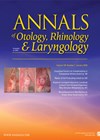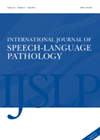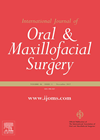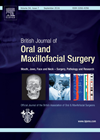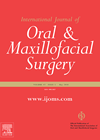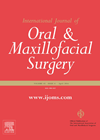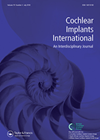
Journal Reviews
Rhinotillexomania - how bad can nose picking get?
This is a fascinating first case report of rhinotillexomania associated with empty nose syndrome (ENS). Rhinotillexomania encompasses compulsive, pathological nose picking and is a variant of self-harm. Tranchito and Chhabra describe an elderly patient presenting with longstanding symptoms of nasal...
Socially appropriate part 1: assessing people with TBI
Social communication disorders are one of the most common and yet most under-addressed sequelae of a traumatic brain injury (TBI). Yet speech and language therapists report a lack of assessment tools and a lack of time to fully assess these...
Socially appropriate part II: therapy for people with TBI
Social communication is a complex behaviour comprising social and cognitive communication skills. Providing speech and language therapy (SLT) interventions for people with social communication difficulties following traumatic brain injury (TBI) requires the clinician to understand how ingredients from an evidence-based...
When to treat a fractured mandible?
This is a prospective study from Brisbane of 215 patients with a total of 359 fractures of the mandible. Nine outcome variables were analysed with a further 19 included to adjust for potential confounding. Treatment delay was found not to...
A multidisciplinary approach to the management of frontal sinus fracture
Frontal sinus fractures account for about 5% of all facial trauma. Fractures of the posterior wall may result in cerebrospinal fluid (CSF) leak and meningitis, while obstruction of the outflow tract can cause sinusitis and mucocele formation. However, there are...
Mirror image orbital implants in enopthalmus
This is a review from Chile of five patients who underwent surgery utilising customised implants. Two methods to make the titanium implants were used between the five patients. All patients had diplopia in the gaze position prior to implant placement....
What can the anterior cranial fossa fracture pattern tell us?
This assessment involves 81 patients treated between two regional major trauma centres in the UK. Fifty sustained a predominantly anterior directed force and 31 a lateral impact. They found that anterior impacts reduce the incidence of fracture propagated beyond the...
Does head trauma as aetiology of deafness affect the outcomes of cochlear implantation?
Head trauma associated with temporal bone fractures is a well known aetiological factor for deafness. The literature assessing the outcomes of cochlear implantation in such cases is rather limited. In this paper, the authors compared the performance of implantees with...

